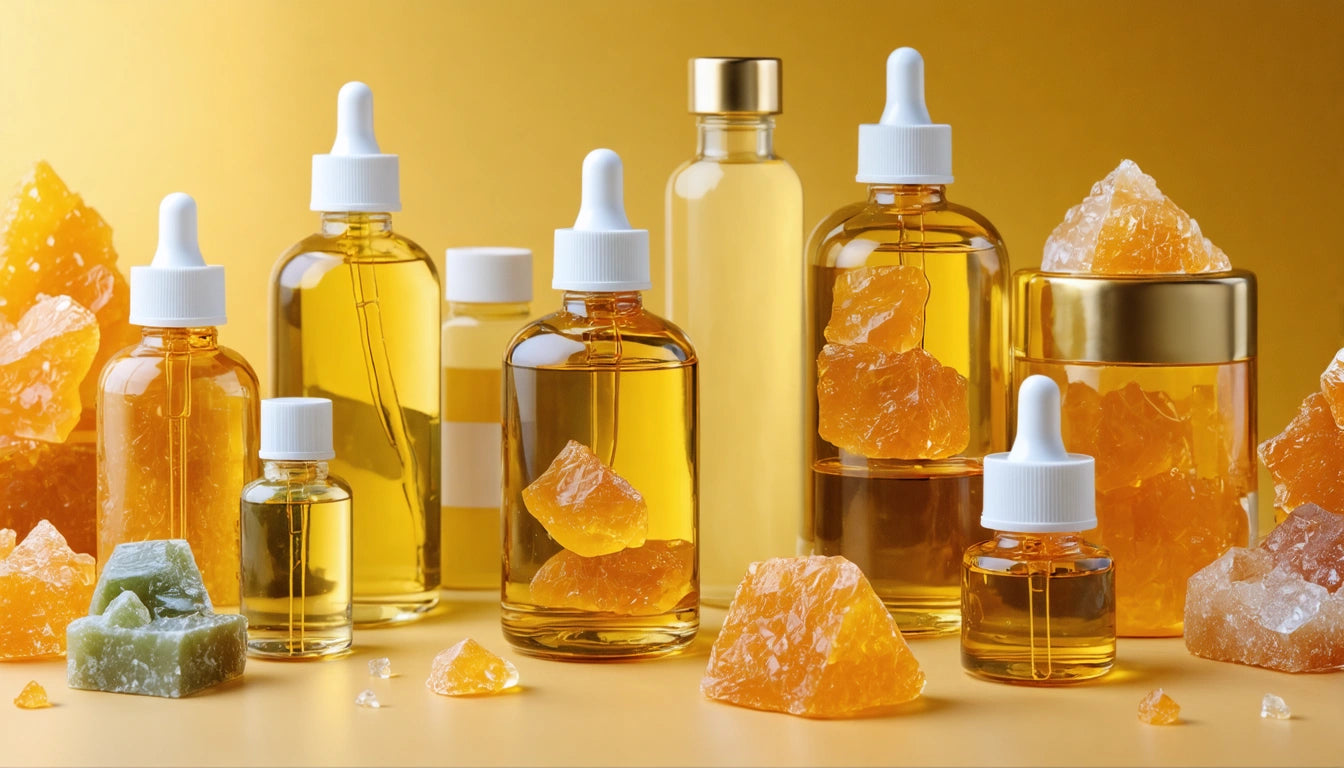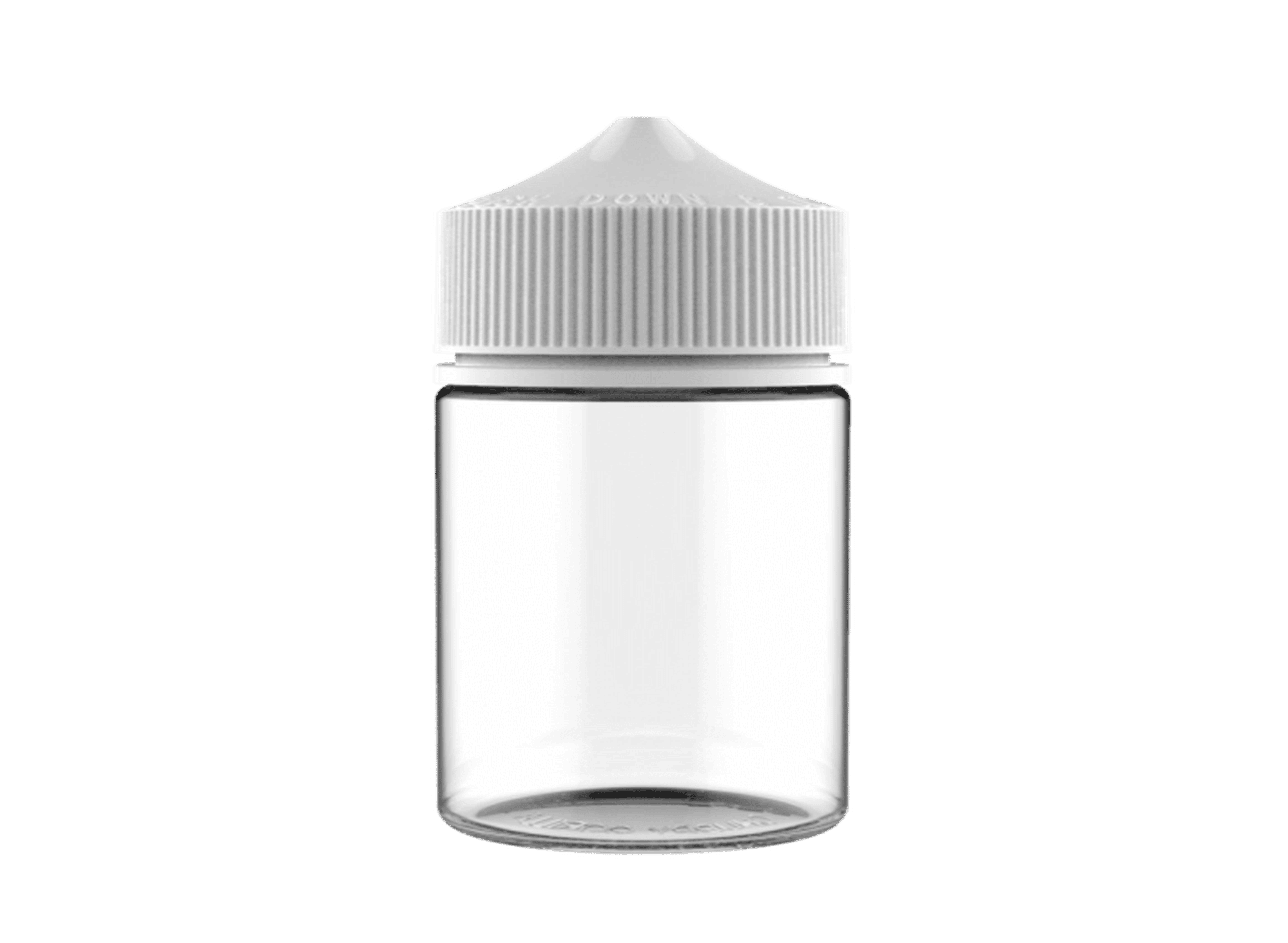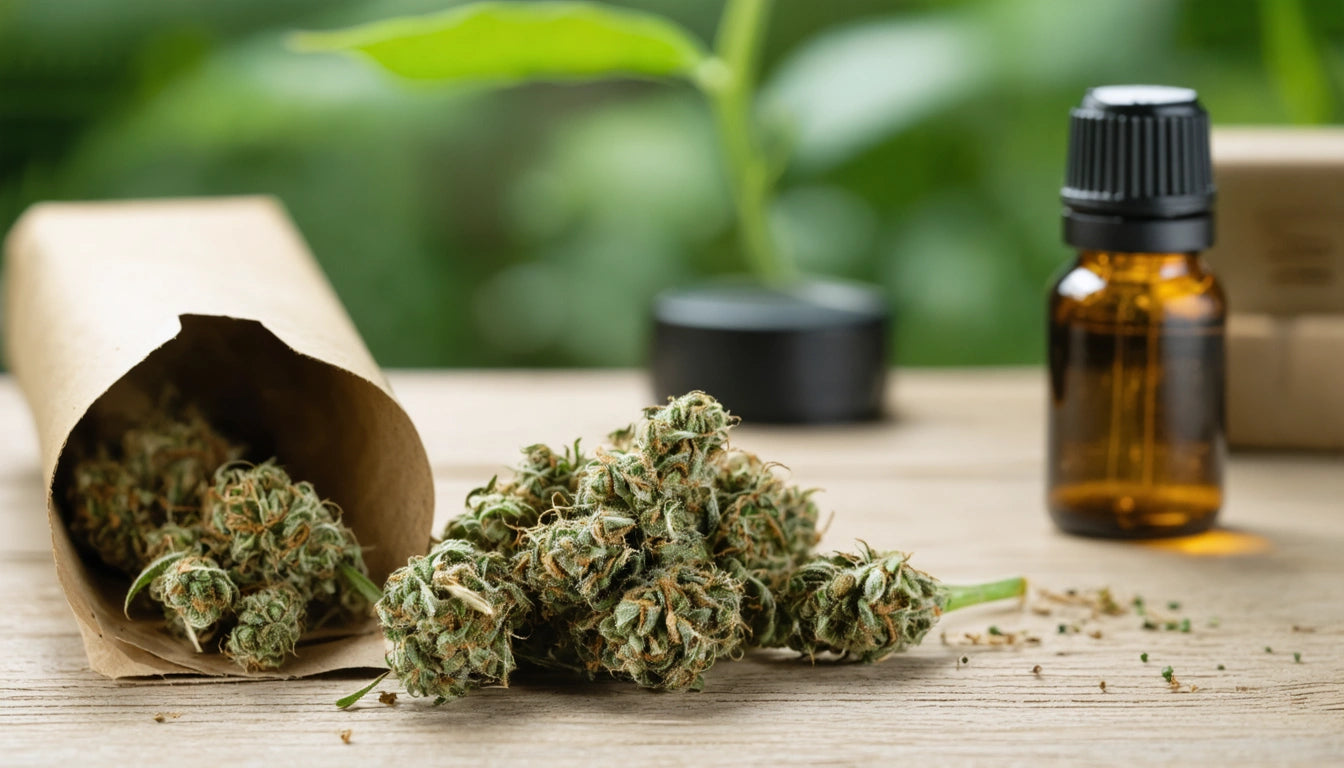Table of Contents
Cannabis concentrates present unique packaging challenges due to their sticky consistency, sensitivity to environmental factors, and high potency. From brittle shatter to terpene-rich live resin, each concentrate type requires specific packaging considerations to maintain quality, ensure compliance, and appeal to consumers.
Material Selection for Concentrate Packaging
The material choice for concentrate packaging significantly impacts product preservation and user experience. Glass, silicone, and various plastics each offer distinct advantages for different concentrate types.
Glass Containers
Glass jars remain the gold standard for many concentrates, particularly those with terpene-rich profiles. According to this material comparison guide, glass provides an inert surface that won't interact with concentrates, preserving flavor profiles and preventing degradation. However, glass containers require careful handling and may not be ideal for all concentrate consistencies.
Silicone Containers
Silicone offers excellent non-stick properties, making it ideal for particularly sticky concentrates like wax and budder. Users appreciate the ease of extract removal, though some premium brands avoid silicone due to concerns about terpene absorption over extended storage periods.
PTFE and FEP Options
For high-terpene extracts like live resin and sauce, PTFE (polytetrafluoroethylene) sheets and FEP (fluorinated ethylene propylene) containers provide excellent chemical resistance. These materials prevent terpene loss while maintaining the non-stick benefits needed for sticky concentrates.
Compliance Requirements for Cannabis Concentrates
Concentrate packaging must adhere to strict regulatory standards that vary by jurisdiction but typically include child-resistance, tamper-evidence, and comprehensive labeling requirements.
Child-Resistant Packaging
Child-resistant features are mandatory for concentrate packaging in all legal markets. Various child-resistant solutions include push-and-turn caps, squeeze-and-pull containers, and certified compliant closures that meet CPSC standards.
Labeling Requirements
Concentrate labels must include specific information such as THC/CBD content, batch information, and warning statements. Proper label design requires balancing regulatory compliance with brand aesthetics while ensuring all required information is clearly presented.
When exploring packaging options, many brands also consider complementary products like custom pre-roll cones for their concentrate-infused pre-roll lines, creating a cohesive product family with consistent branding and compliance features.
Preservation Techniques for Terpenes and Potency
Preserving concentrate quality requires protection from environmental factors that can degrade cannabinoids and terpenes.
Temperature Considerations
Temperature fluctuations can significantly impact concentrate consistency and potency. This temperature impact guide explains how packaging materials with insulating properties can help maintain stable temperatures during transportation and storage.
Light Protection
UV light degrades cannabinoids rapidly. Amber or opaque containers provide essential protection for light-sensitive concentrates like live resin. Some manufacturers use UV-resistant glass or add secondary packaging to extend shelf life.
Airtight Sealing
Oxygen exposure accelerates terpene evaporation and cannabinoid degradation. Preventing leaks and maintaining freshness requires packaging with airtight seals and proper closure mechanisms.
Branding Opportunities for Concentrate Products
Effective branding helps concentrate products stand out in increasingly competitive markets while communicating quality and product attributes to consumers.
Custom Printing Options
From direct printing on glass to custom labels and sleeves, branding options for concentrate containers continue to expand. Many manufacturers now offer low minimum order quantities for custom printing, making branded packaging accessible to smaller producers.
Premium Packaging Elements
For high-end concentrates like live rosin and solventless extracts, premium packaging elements such as magnetic closures, embossing, and soft-touch finishes help justify higher price points. Solventless extract packaging often incorporates these premium features to signal product quality.
Sustainable Packaging Solutions for Concentrates
As environmental concerns grow, many brands are seeking more sustainable packaging options that maintain product integrity while reducing environmental impact.
Recyclable Materials
Glass remains highly recyclable, while certain plastics used in concentrate packaging may present recycling challenges. Eco-friendly concentrate packaging options include recycled content containers, recyclable materials, and packaging designed for easy disassembly.
Material Reduction Strategies
Minimizing packaging material through thoughtful design helps reduce environmental impact. Some brands are exploring concentrated product formats that require less packaging per dose, further reducing material usage.
Packaging Innovations Shaping the Concentrate Market
The concentrate packaging sector continues to evolve with new technologies addressing consumer preferences and operational challenges.
Disposable applicators are gaining popularity for precise dosing and mess-free application. This trend analysis examines how these convenient options are changing consumer expectations while presenting new compliance considerations.
For multi-gram products, specialized packaging solutions balance compliance requirements with user convenience. Divided containers allow consumers to access portions of the product while keeping the remainder properly stored.
As the concentrate market matures, packaging will continue to evolve in response to consumer preferences, regulatory requirements, and sustainability concerns. Brands that strategically select packaging aligned with both product needs and market positioning will maintain competitive advantage in this rapidly growing segment.











Leave a comment
All comments are moderated before being published.
This site is protected by hCaptcha and the hCaptcha Privacy Policy and Terms of Service apply.